HISTORY
The word 'SANTHAL' originated from two words: 'Santa' meaning calm and peaceful and 'ala' meaning man. Earlier, the Santhals were leading a nomadic life.
Santhali-speaking people originally come from the Kherwad community, but "anthropologists" consider them to be a group belonging to the Proto Australoid.It is believed that the Santhals probably entered India well before the Aryan invasions and were the great fighters during the British administration in India and the proof is the historic Santhal Rebellion that happened in 1855. The Santhal Rebellion began in 1855 and ended in 1856. The rebellion spread from Bhagalpur to the Rajmahal hills. The main reason for the rebellion was to get rid of the oppression of Hindus and the exploitation of poor people by the Britishers. The main leaders of this rebellion were Chand, Kanhu, and Bhairav.
![]()
THE SANTHAL REBELLION(1855-1856)
LITERATURE
Santhal people speak the santhali language. Area-wise and state-wise their way of speaking may differ slightly. santhali is the third most spoken Austroasiatic language.
Santhali was mainly an oral language until PANDIT RAGHUNATH MURMU developed the "OL - CHIKI" script in 1925 which was first publicized in 1939 at a Mayurbhanj state exhibition.
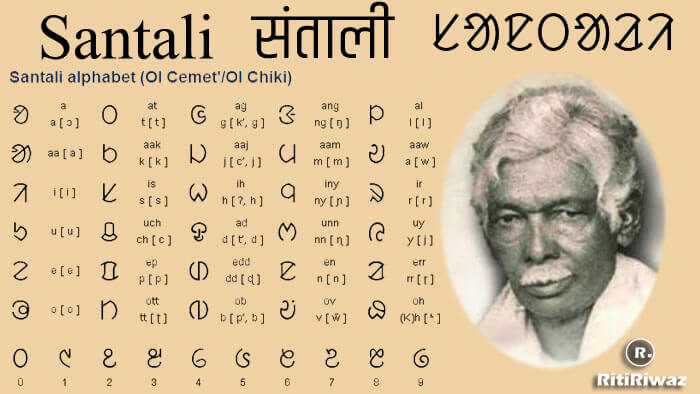
In the year 2003, the santhali language has been included in the eighth schedule of the constitution of India. Literature also presented the great dedication of Santhals towards nature. Santhali language and people started getting their identity all over the world. Letters of Ol Chiki script are also derived from the physical environment and what surrounds the people - hills, rivers, trees, birds, bees, plough, sickle, etc.
Every year about 50 Santali literature publishes but having no support they are lost. Till now, the extensive work on Santali literature is not well not promoted and supported.
A National Academy of Letters, or as called SAHITYA AKADEMI, was founded on 12 March 1954 for the promotion and development of literature in the languages of India. The Sahitya Akademi awards are given every year for the outstanding literary works in Santhali literature.
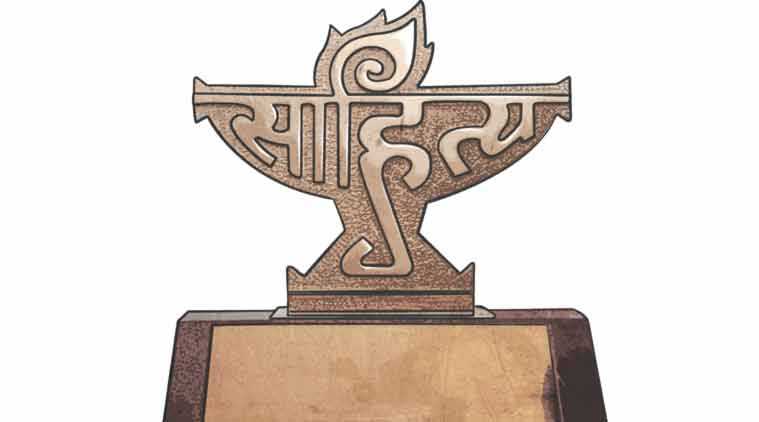
Some Santhal writers who received this award :
![]()
ART CULTURE
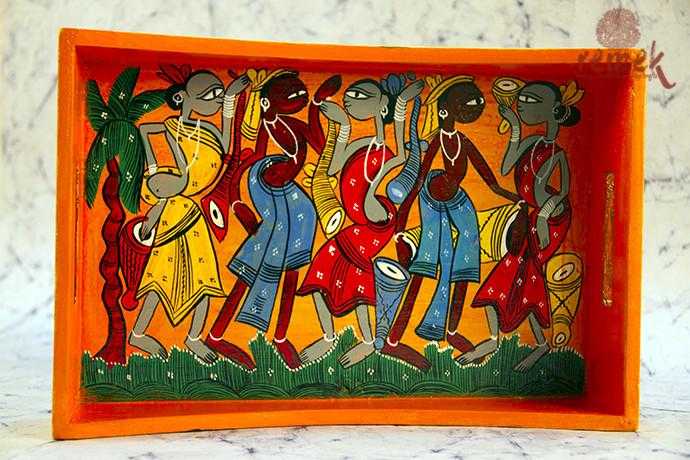
Santhal society is a tradition of the unique heritage and amazingly sophisticated lifestyles. Most notable are their folk songs, music, dance and language. Santhals enjoy and love dance and music, it's in their blood. It is an important part of the Santhal society.
The musical instruments they use -
SAKWA
![]()
TUMDAH
![]()
TAMAK
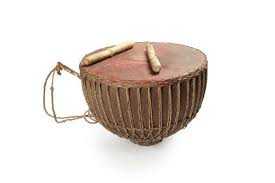
BANAM
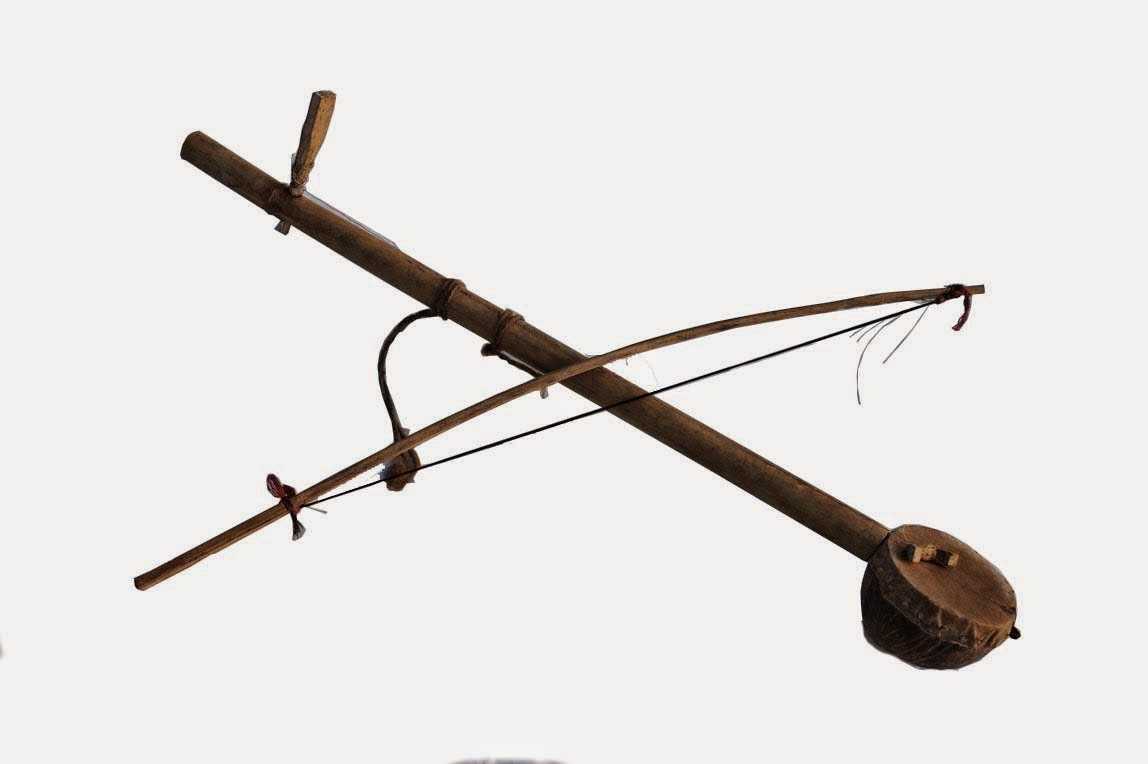
TIRIYO
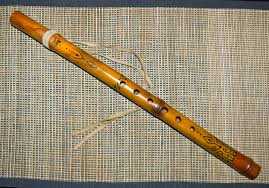
Their culture is reflected in daily work - such as in the design, construction, color composition, and cleaning of your home. Drawing, painting, and cleanliness of their courtyard on the walls. They are also highly skilled in making the musical equipments, mats, and baskets out of the plants.
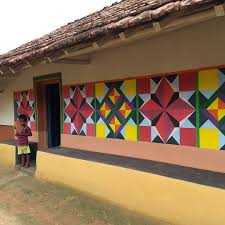
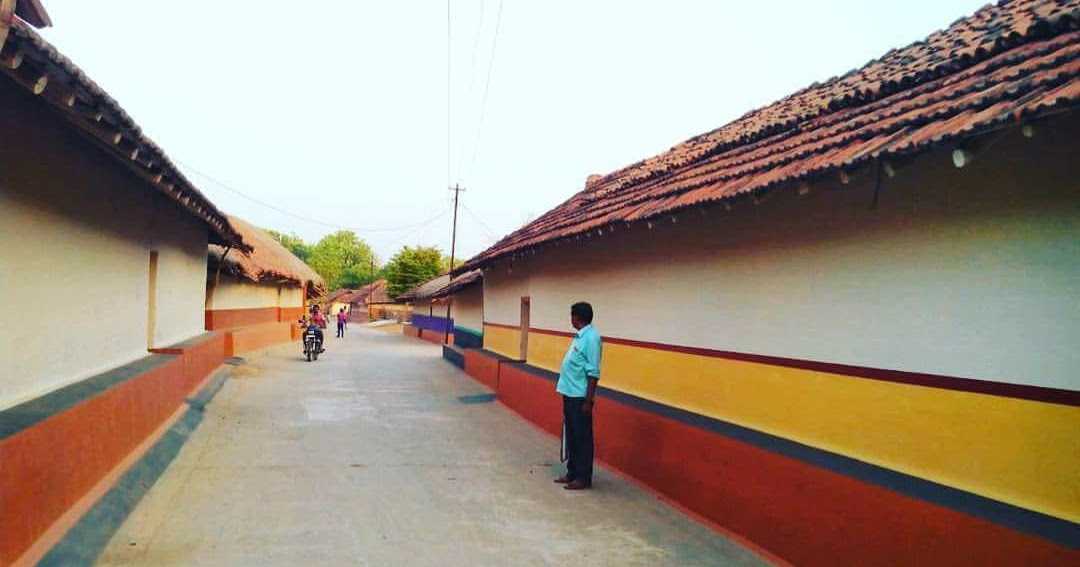
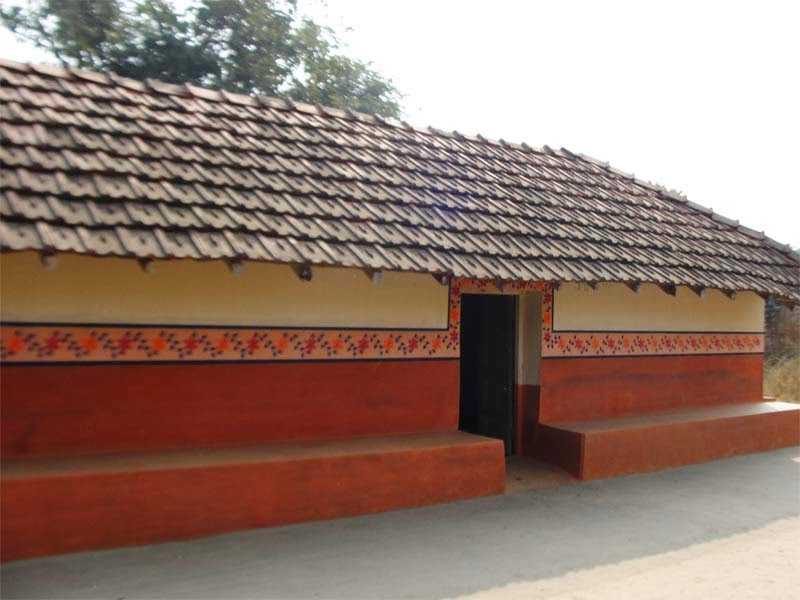
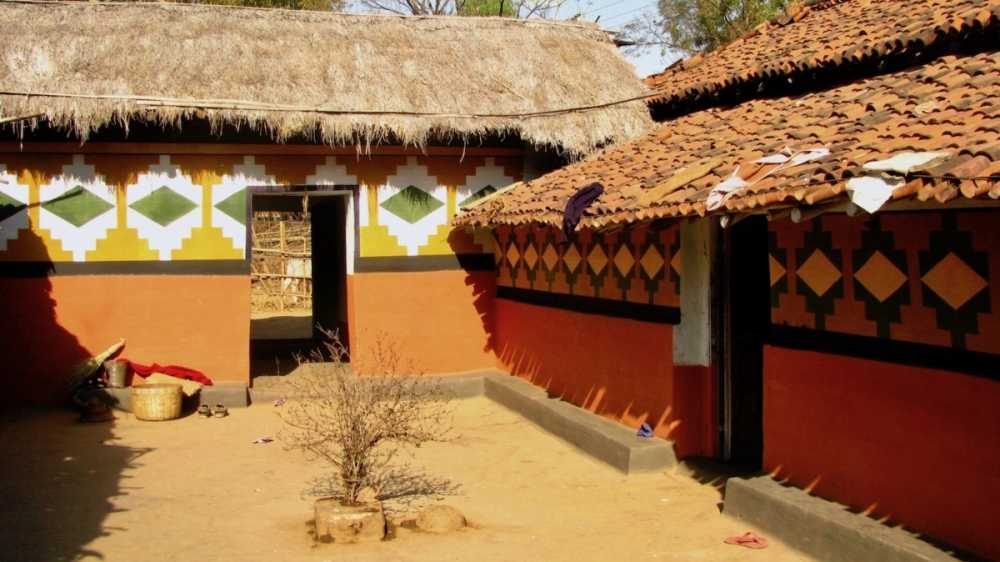
Santhals follow the SARNA religion. Their God and Goddess are Marangburu Jaherayo. Santhals have village priests known as Ojha.
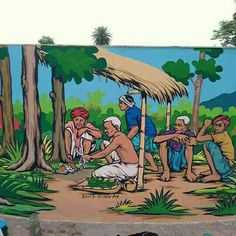
Santhals also have their own worship place called a JAAHER. Each Santhal village has its own Jaaher present on the outskirts of the village. A Jaher is an area in which there are many trees, especially the Sal trees.
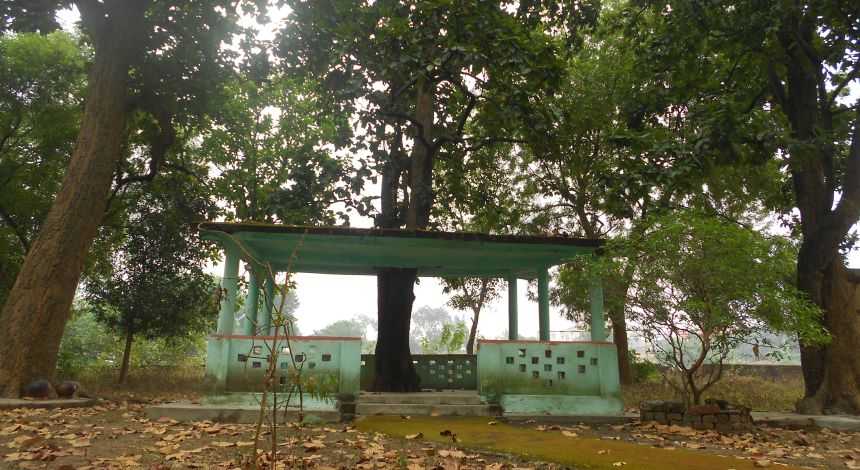
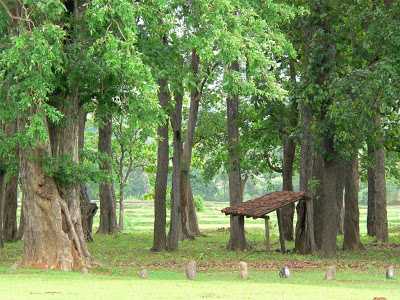
Santhals believe that their god and goddess reside there.
At the family level, they worship their ancestral spirits seated in the sacred place named BHITAR in every house.
They usually use 'kansa thari' or 'kansa lota' for worshiping. Almost every Santhal house has brass utensils for guests.
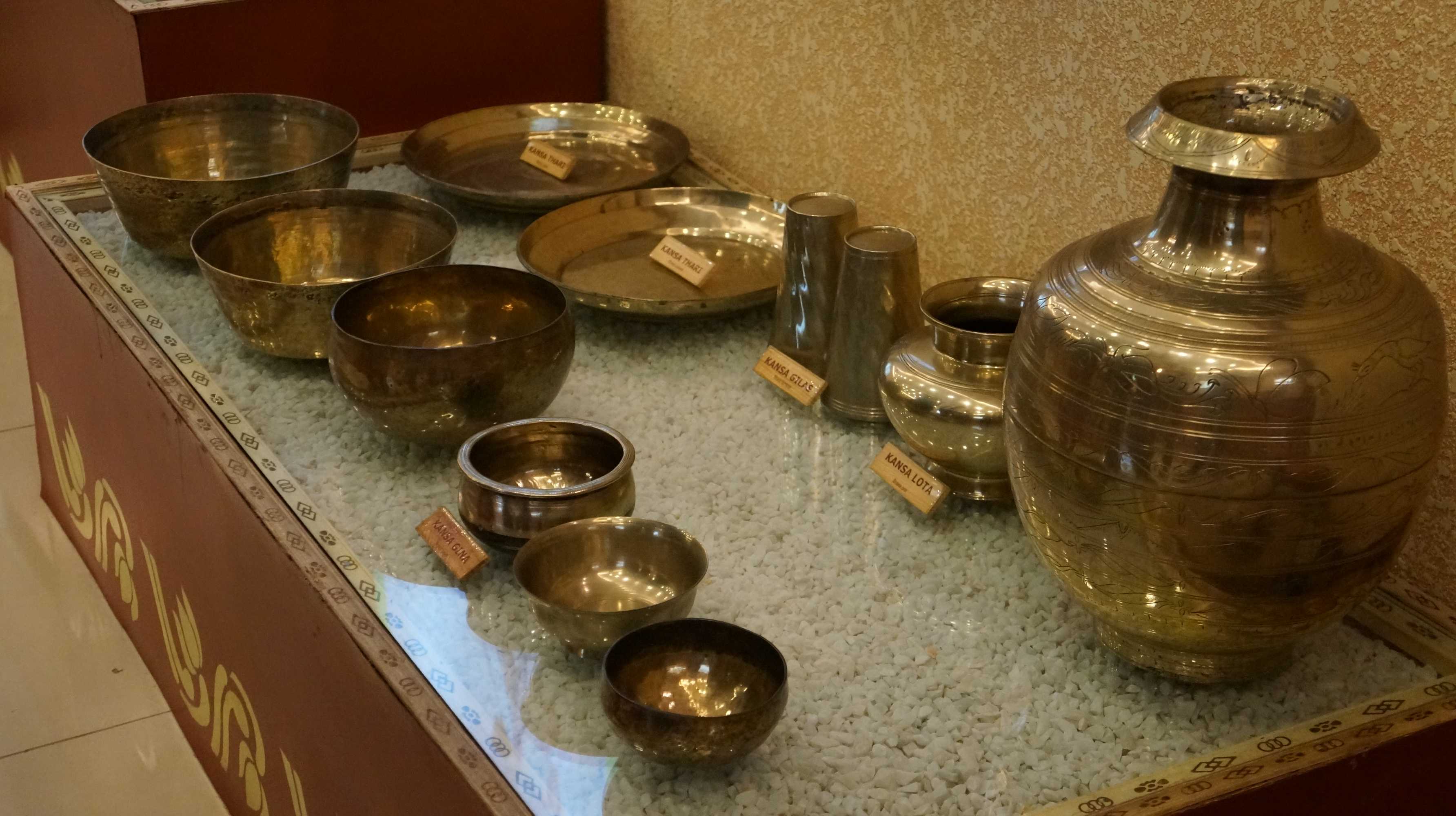
TRADITIONAL FOOD DRINKS
Rice is the staple food. During special occasions, they prepare Dumbug Ladoo, Mutton, Chicken or Fish Curry, Leto, Gud Pitha, Patda Pitha, Jil Pitha.
Handia is a very popular drink among Santhals.

GUD PITHA
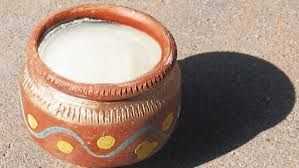
HANDIA
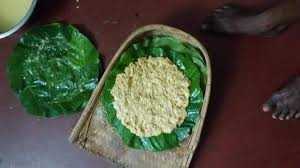
PATDA PITHA
TRADITIONAL ATTIRE
Santhal traditional clothing has gone through a great change over years. During old days there were just two sets of colour combination present i.e., white and maroon.
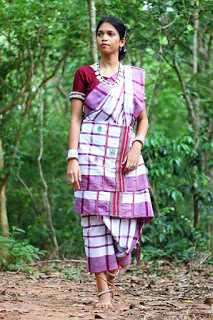
Mainly there are two types of clothing styles for men and women i.e., 'PHUTA" and other is "PANCHI'.
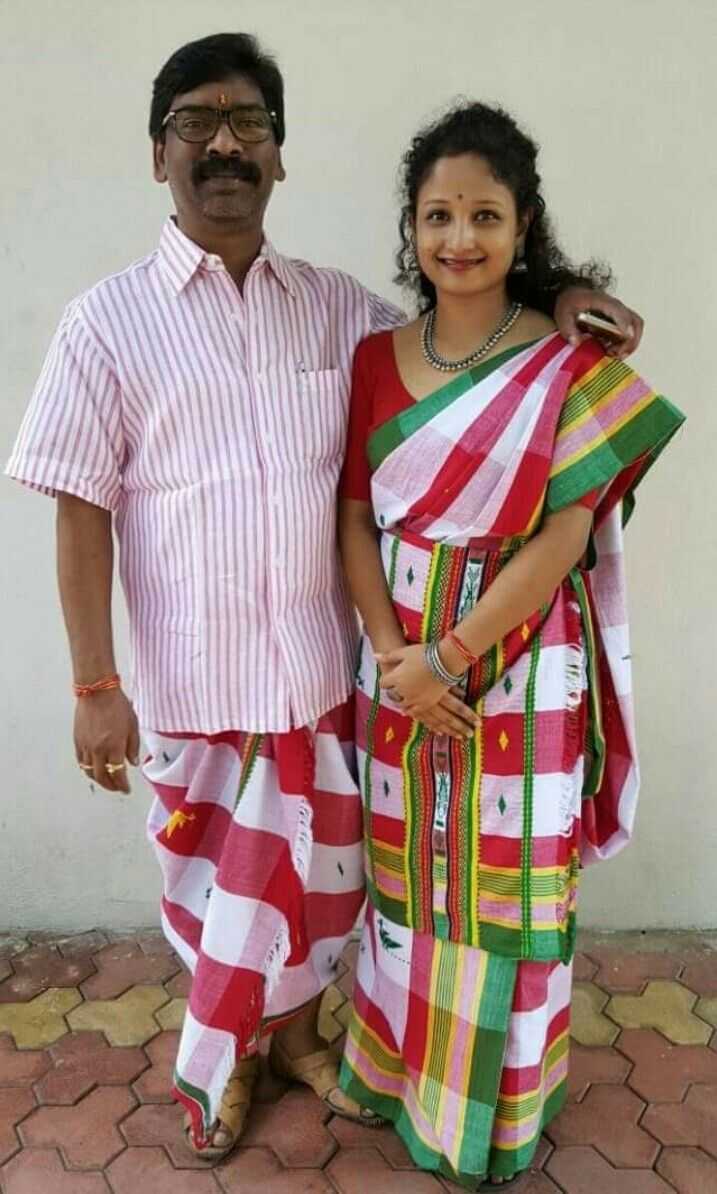
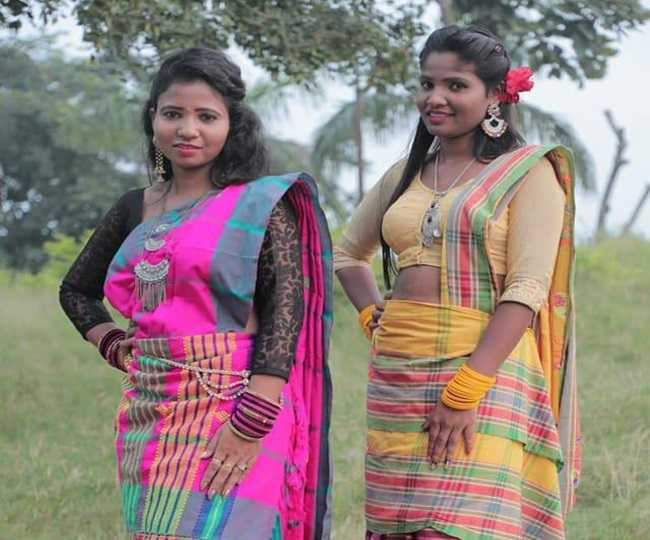

During any function like marriages, Guests are given clothes that they need to wear to the function. Women are given a yellow saree with red or maroon border and men are given a yellow dhoti with maroon patterns and borders, which acts as a dress code.
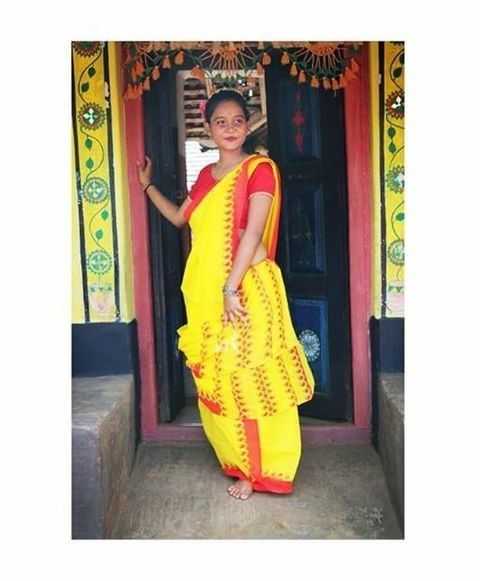
ORNAMENTS
-Pan Kanta for hair bun
-Pagra for ear
-Phuli for nose
-Hasa Mala for neck
-Puisa mala for neck
-Baju for arm
-Bala sakam for hand
-Mudam for finger
-Danda Jhinjhri for waist
-Paini for ankle
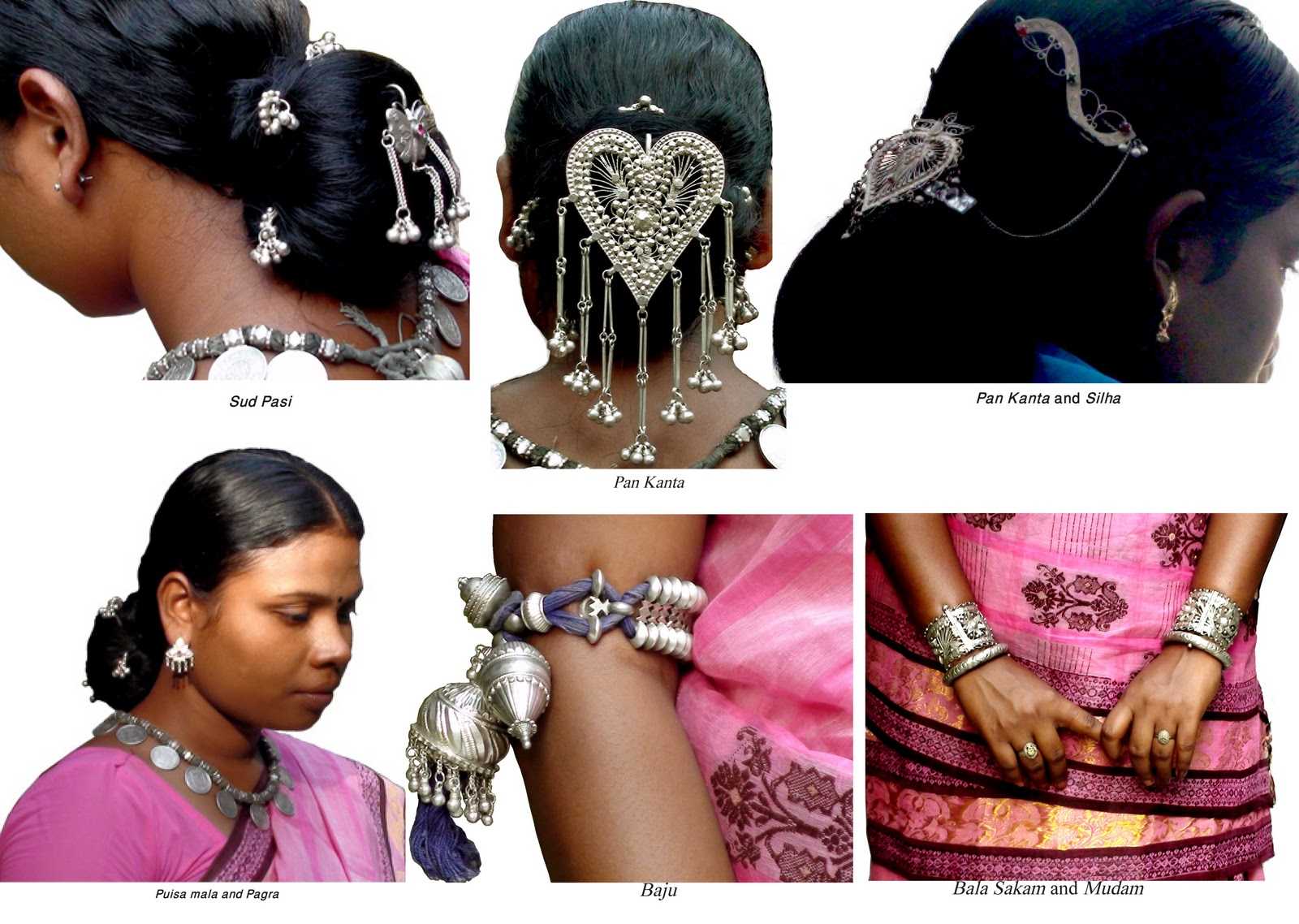
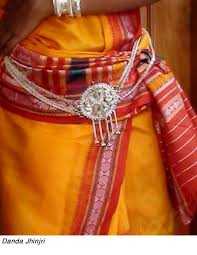
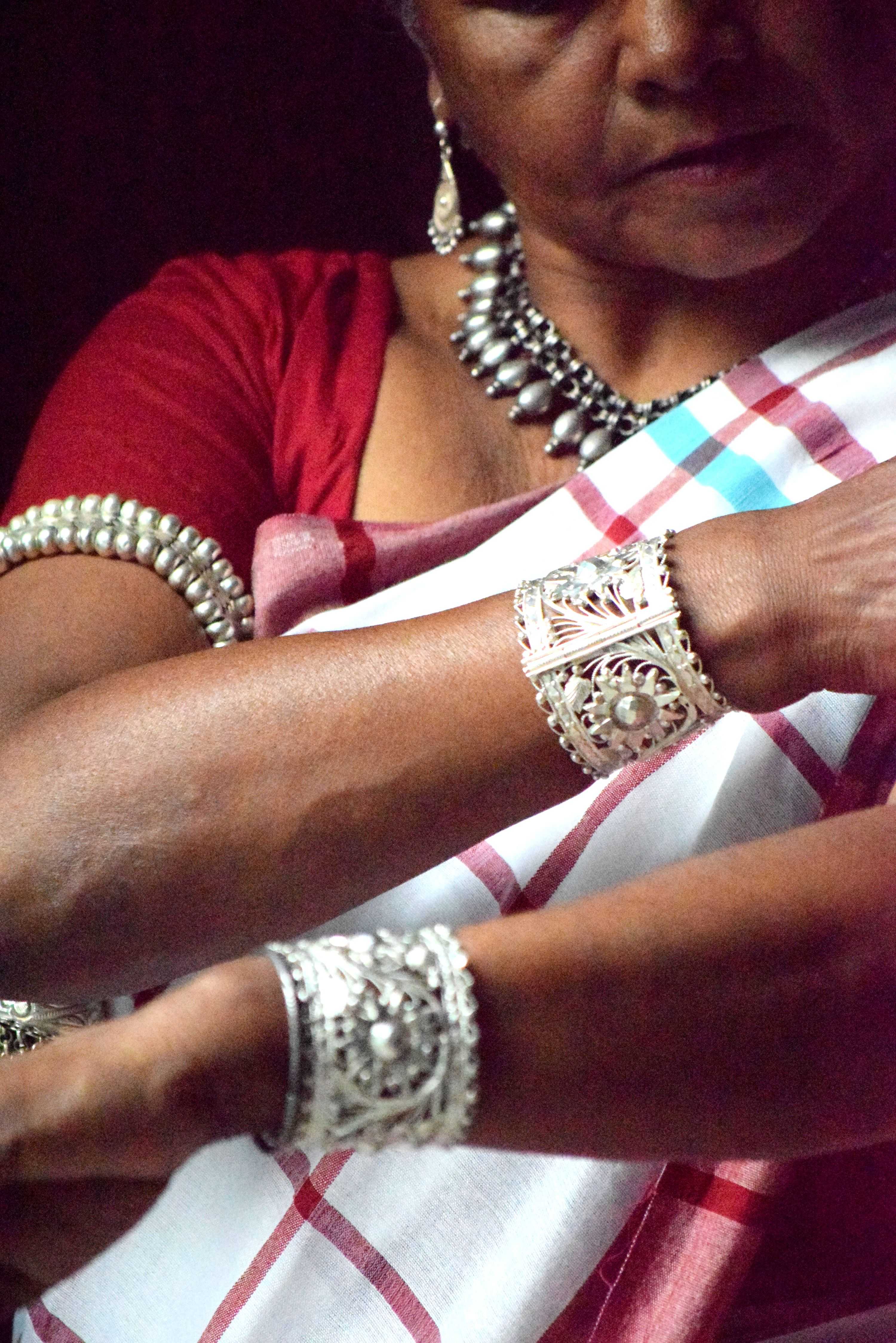
FESTIVALS
The Santhals celebrate several festivals round the year.
SOHARAI, observed in the month of November, is one of the main festivals of the Santhals. They worship cattle in this festival.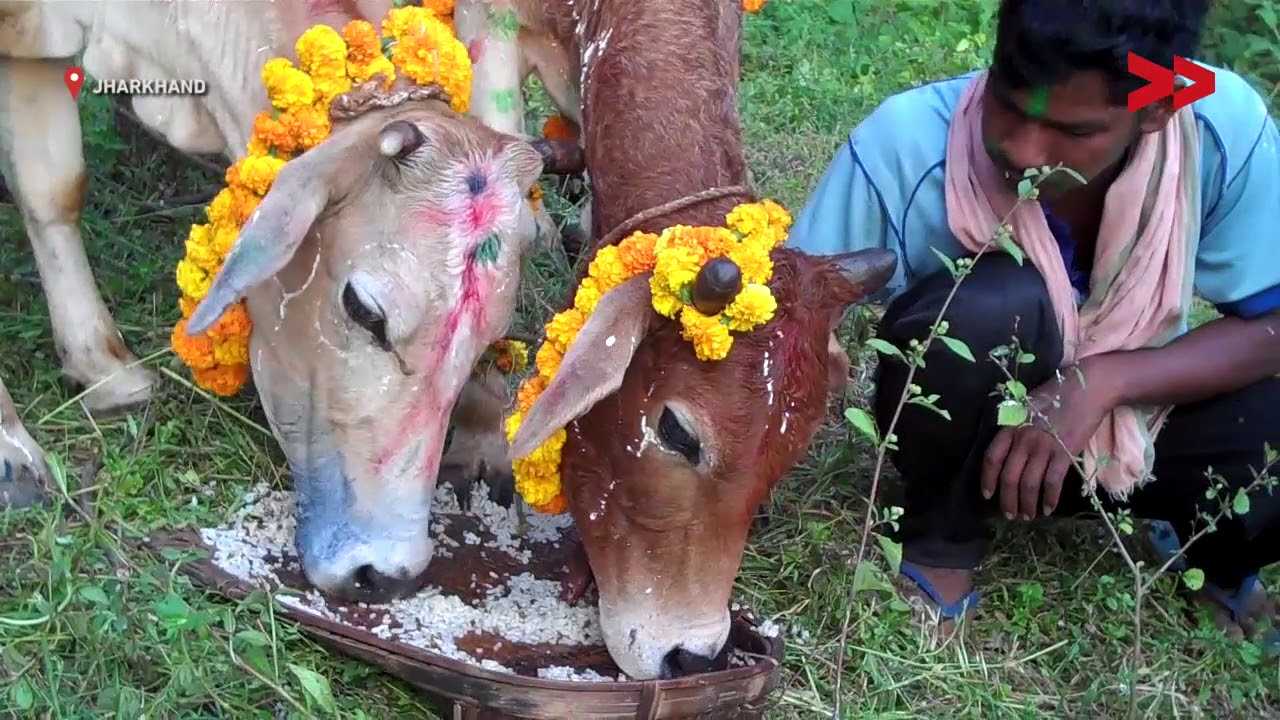
SAKRAT, observed in the month of January on the Makar Sankranti. For Santhals, it is the beginning of a new year. On this day Santhals wear new clothes make varieties of traditional food items and the traditional drink 'handia'. They invite guests, they sing, they dance and celebrate together. Many villages also have fairs. On this day people leave all worries and enjoy.
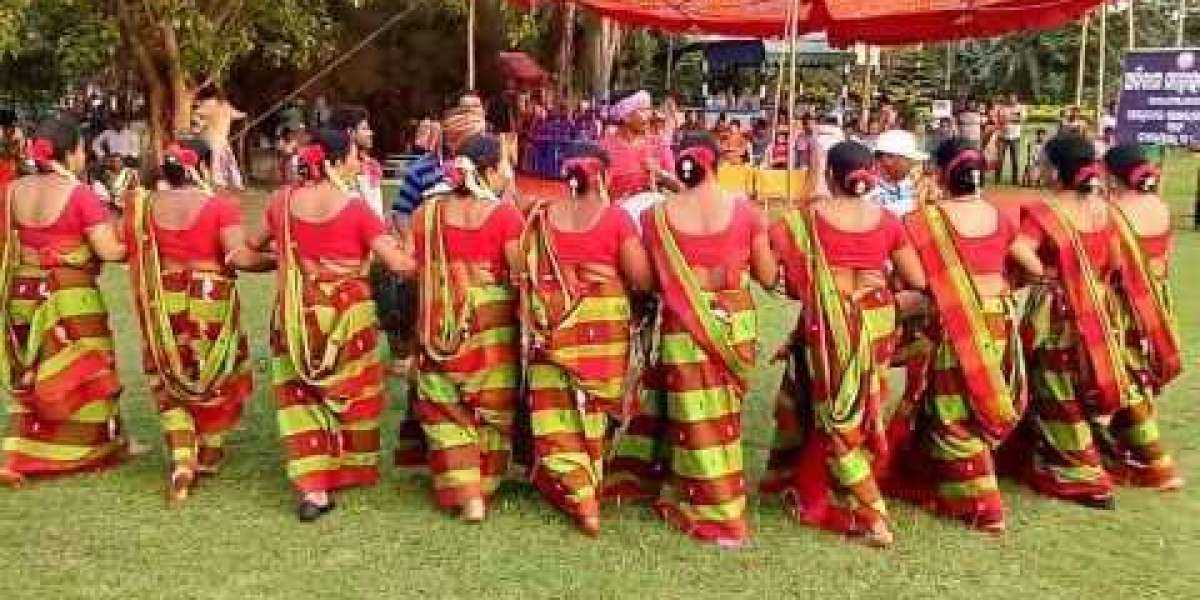
BAHA, during this festival the Santhal offer the first fruit of MAHUA, wild flowers and fruits to the Jaaher deities. On this day Santhals, wearing their traditional attire, gather in the Jaaher and witness this great festival. They sing the traditional songs and perform traditional Baha dance.
In Jharkhand almost every govt. college and school also celebrate this festival on their campus premises.
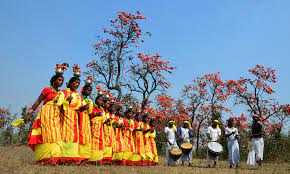
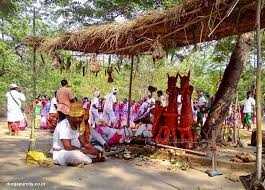
SOCIAL LIFE
The father is the head of the family. A glimpse of female freedom is visible in the daily practices of Santhal women.
Their spontaneous sophistication also clearly shows strong relationships with their family parents, husbands, wives, and siblings. However, Santhal society is male-dominated but all have been given equal status. There is no gender difference between a man and a woman. Therefore, the birth of a boy and a girl is an occasion of bliss in their home. They can take education; They can sing and dance; They can wear any garment they want; They can adorn themselves as they want; They can do jobs, They can perform love marriages. In their society, there is no sati, female feticide, and dowry.
-BAPLA (marriage)
The Santhal tribe is an endogamous tribe, among which consanguineous marriages are prohibited. In the Santhal tribe of Jharkhand, the following types of Bapala (marriage) are seen based on the ways of getting a life partner.
- SANGEBARIYAT - marriage by negotiation.
- GOLAITY BAPLA - In this type of marriage, the daughter-in-law is brought from the same family in which the daughter is married.
- GURDAONAPAM- marriage by elopement.
- SANGA BAPLA - widow remarriage.
- GHAR- DE- JAMAI - son-in-law in house.
- DIKU BAPLA - Hindu-type marriage.
- NIRBOLAK BAPLA - In this type of marriage, the girl stubbornly starts living with the boy of her choice, then the information is given to Jogmanjhi, who finishes their marriage.
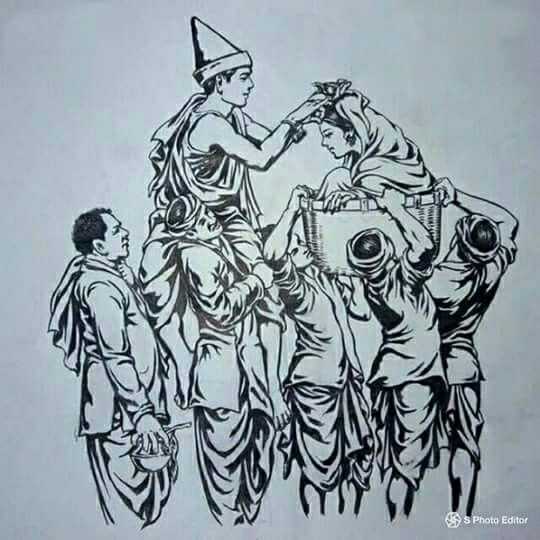
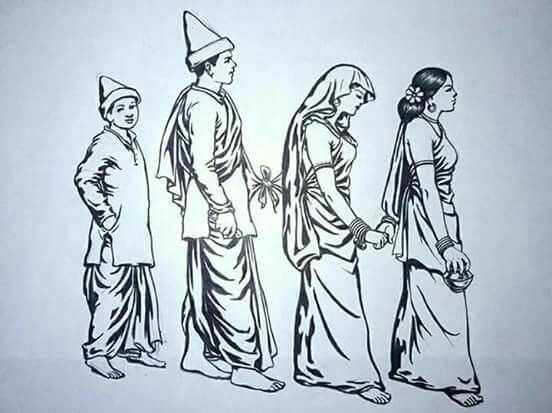
-DEATH RITES
In the Santhal tribe the cremation ceremony is often the practice of burying a corpse. Items used in the personal use of the deceased, such as utensils, bows, arms, sticks, musical instruments, clothes, etc. are handed over to the dead body. There is a belief in Santhals that the soul of a dead person goes into the Mayamayi world, where he needs the objects of this world.
The bhandaan (shraddha) is considered to be the last rites of the mritatma. There is no fixed date for Bhandaan. On the occasion of Bhandaan, the Shraad is done and Kutumb people are offered food. The Bhandaan is considered by the Santhal society to be an acceptance of the salvation of the family of the deceased from impurity.
-JUDICIAL SYSTEM
The system is well arranged. It manages to solve many of the problems within the community without taking any legal action. The head of the Santhal tribe is called MANJHI HADAM. He is considered the chief of the system.
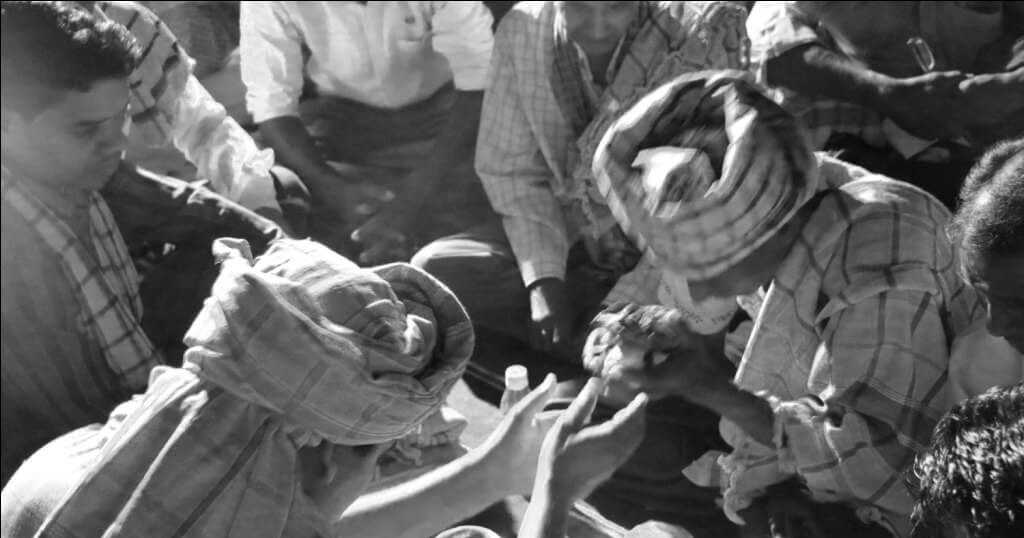
EDUCATION AND DEVELOPMENT
Now-a –days, many of the Santhal youths are moving towards town and urban areas for education and in search of jobs. The government has also launched several programs for socio-economic development. As a progressive tribal community, the Santal avail themselves of the maximum facilities provided to them.
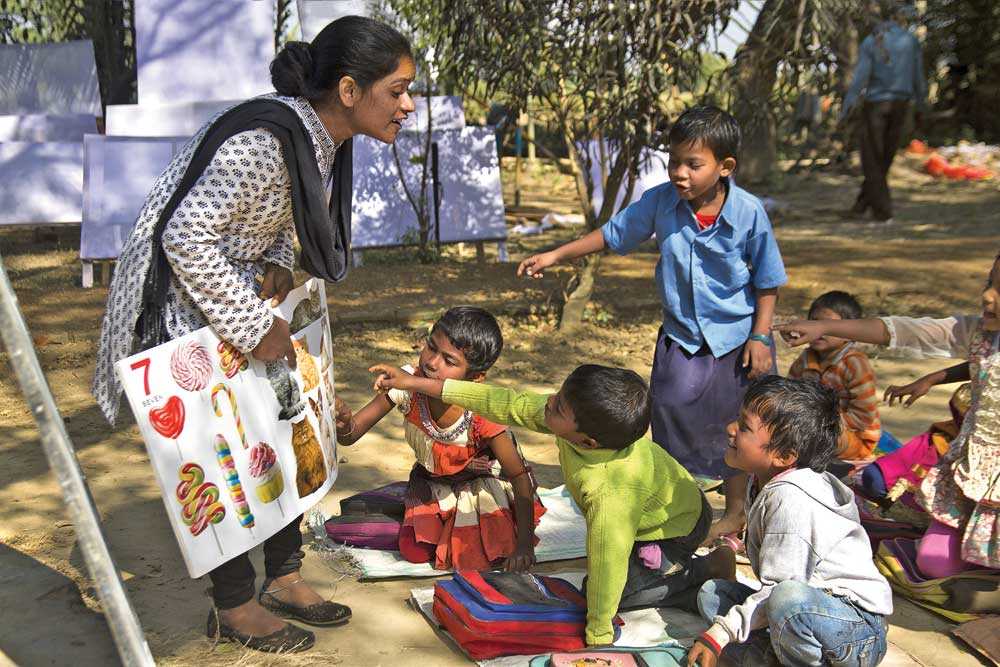
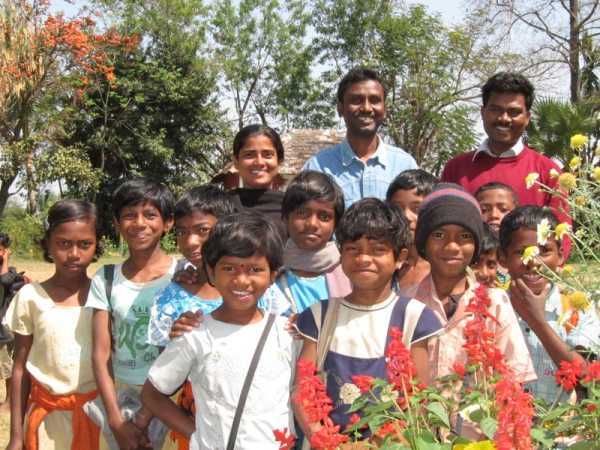
SOURCES- http://kbk.nic.in/
https://www.santhaledisom.com/
https://wesanthals.tripod.com/
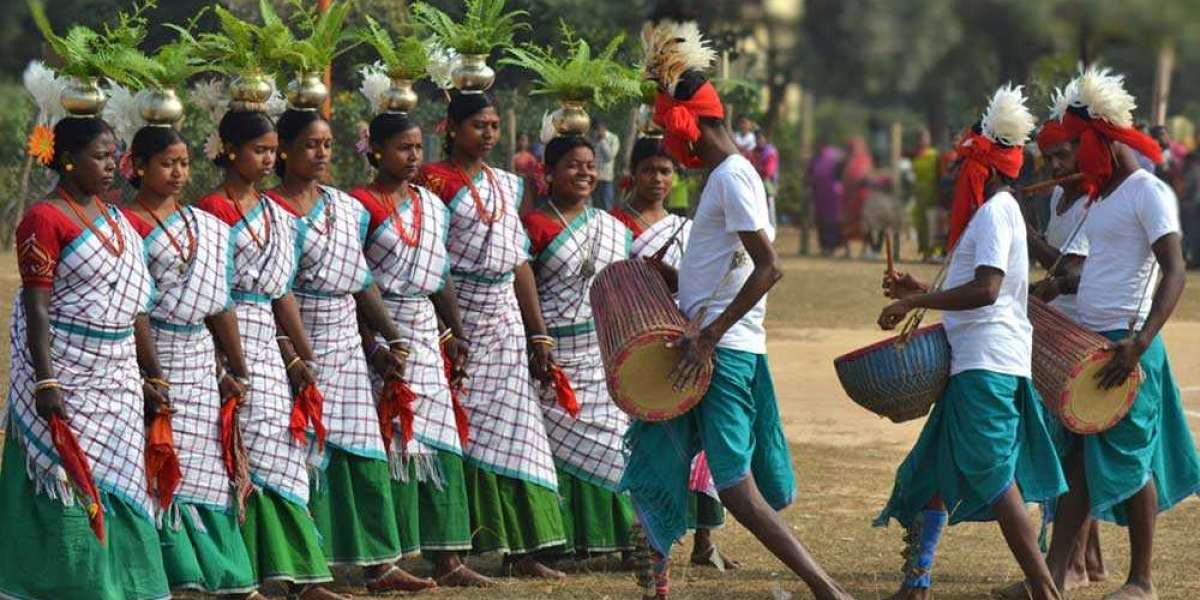

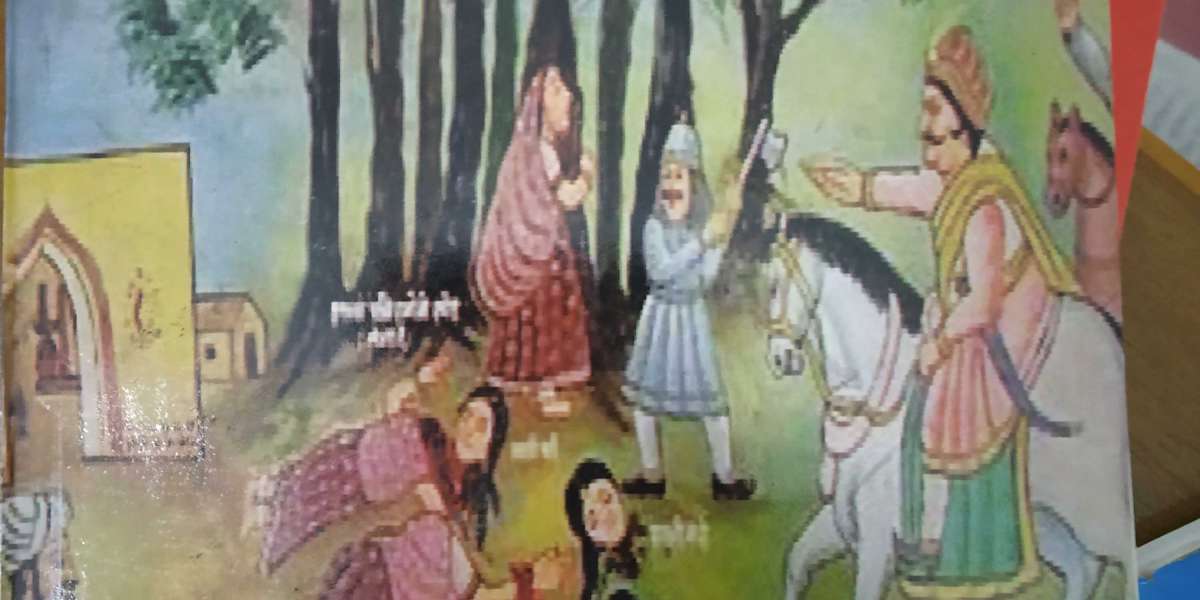


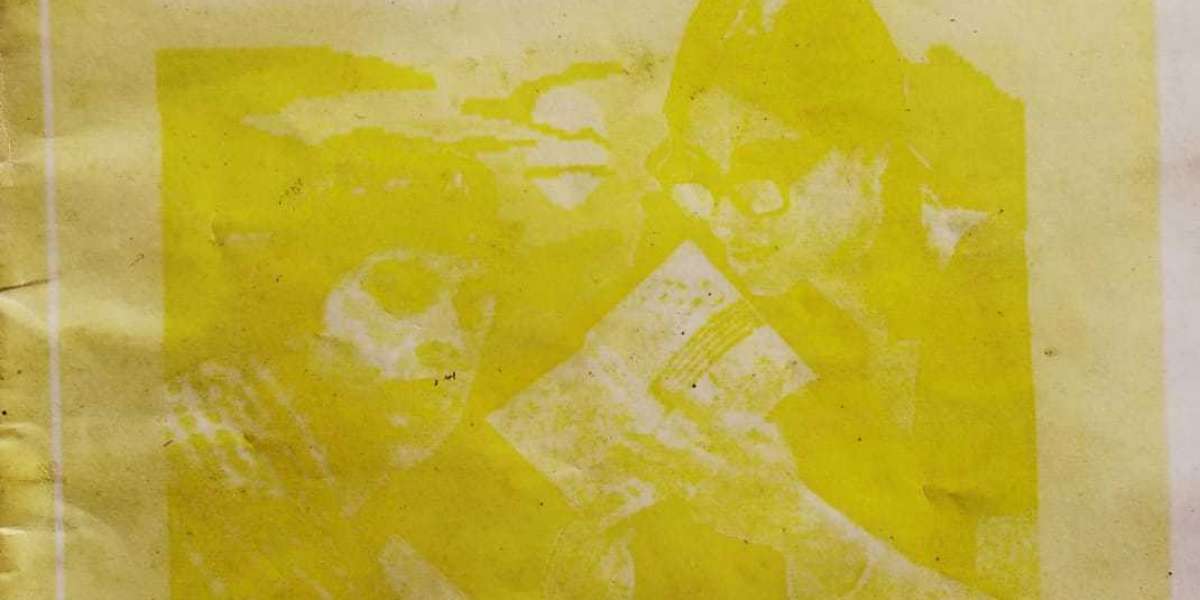
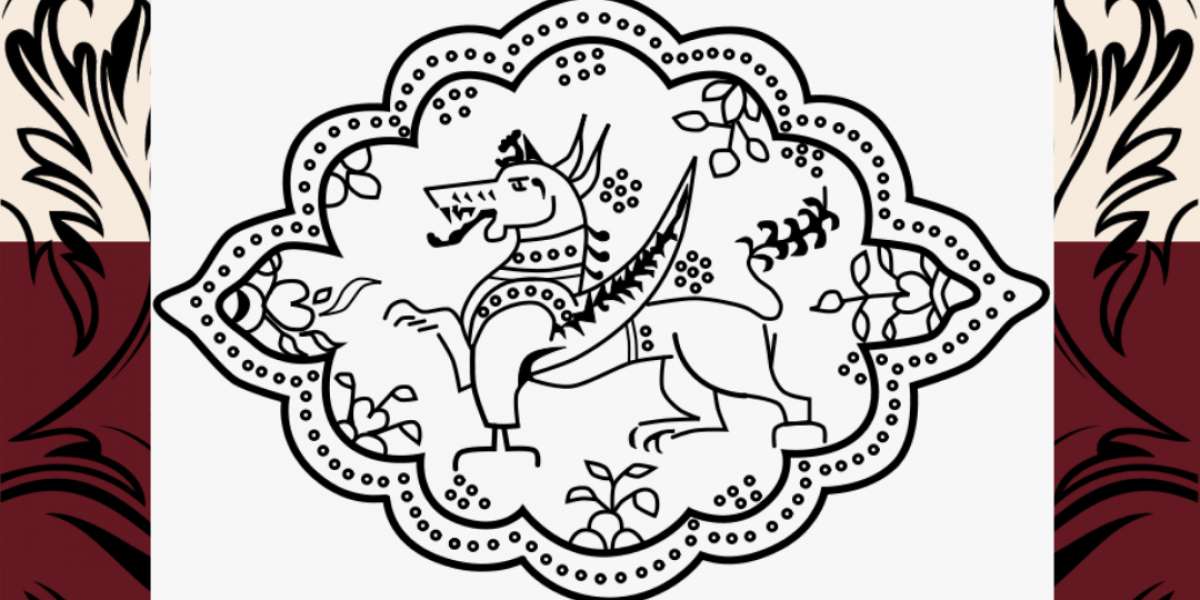
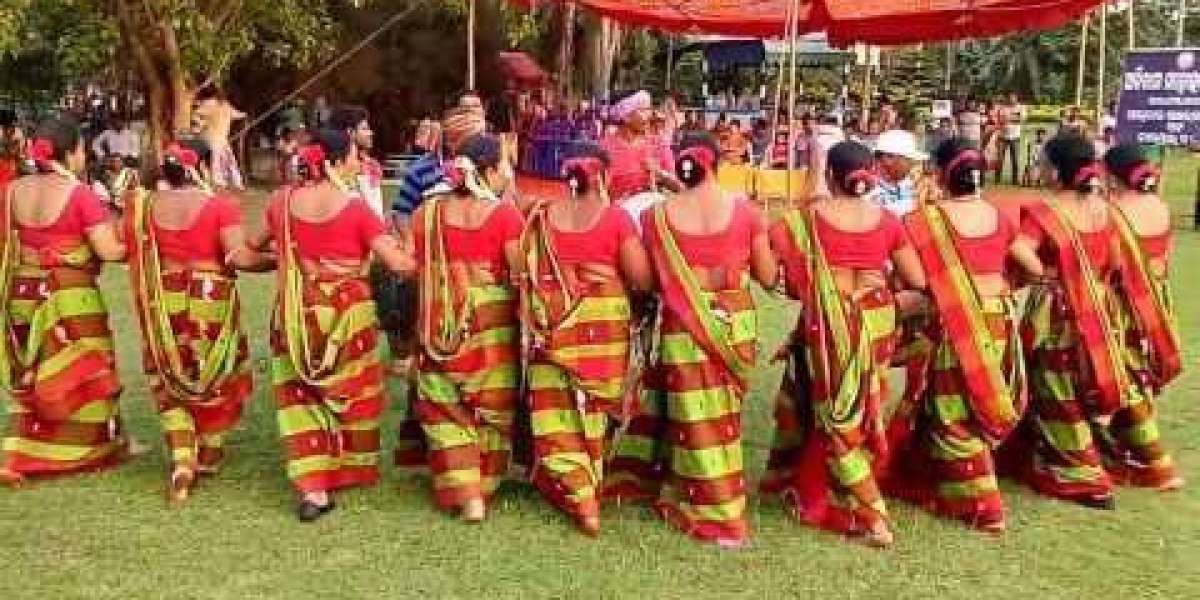
Case Tru 42 w
When looking to protect and enhance your new iPhone 12, choosing the right accessories is key. At CaseTru, we offer a stylish and comprehensive collection of iPhone 12 back covers designed to meet the needs of every user.
Our back covers not only ensure the safety of your device but also add an element of personal style, allowing you to express your personality through unique designs for iPhone 12 pro back covers.